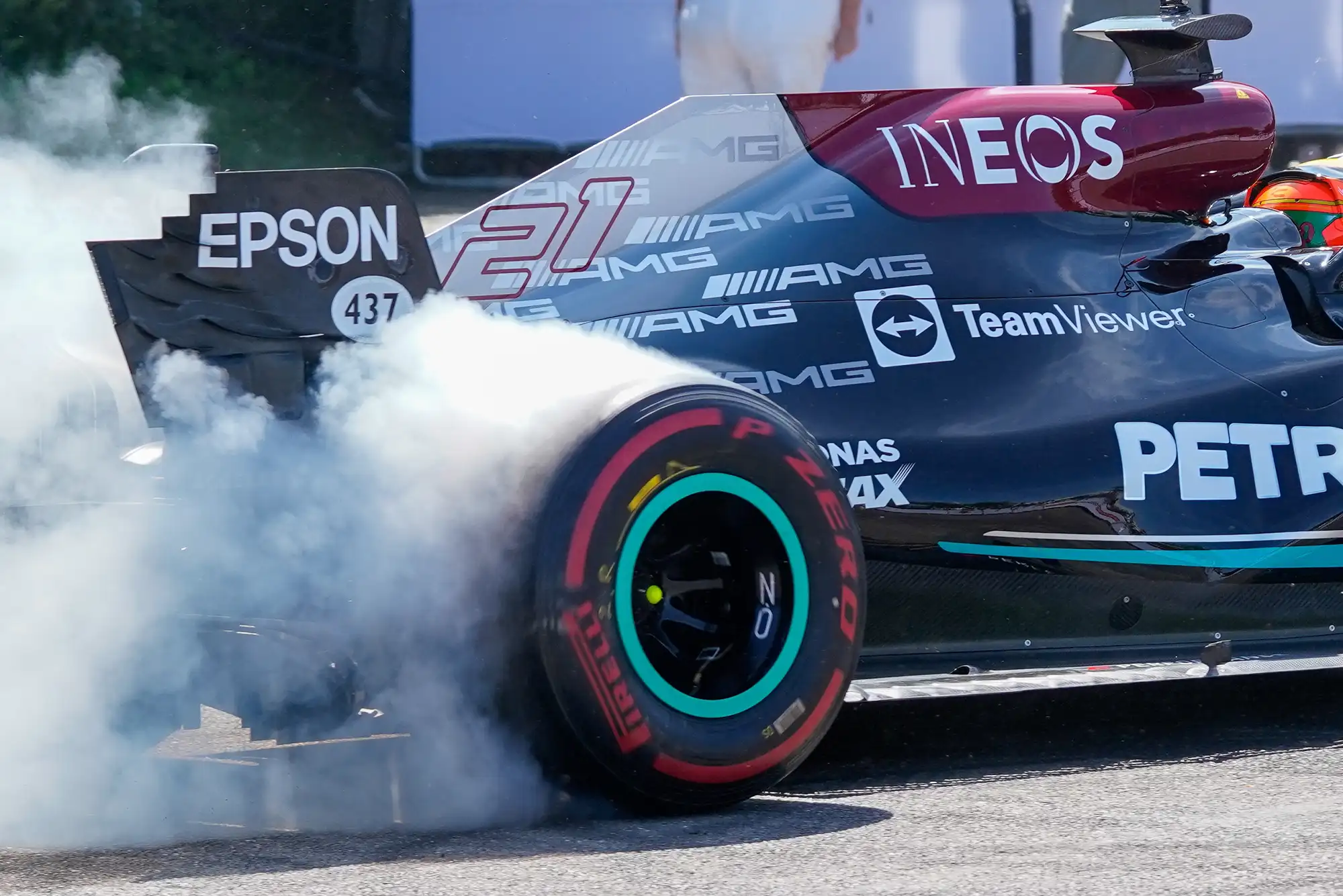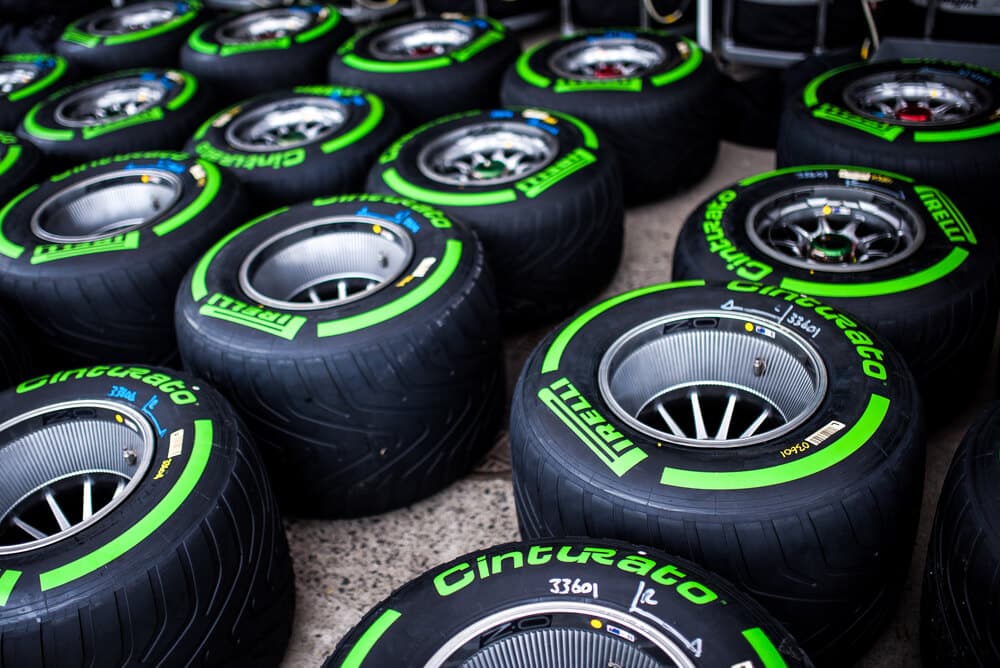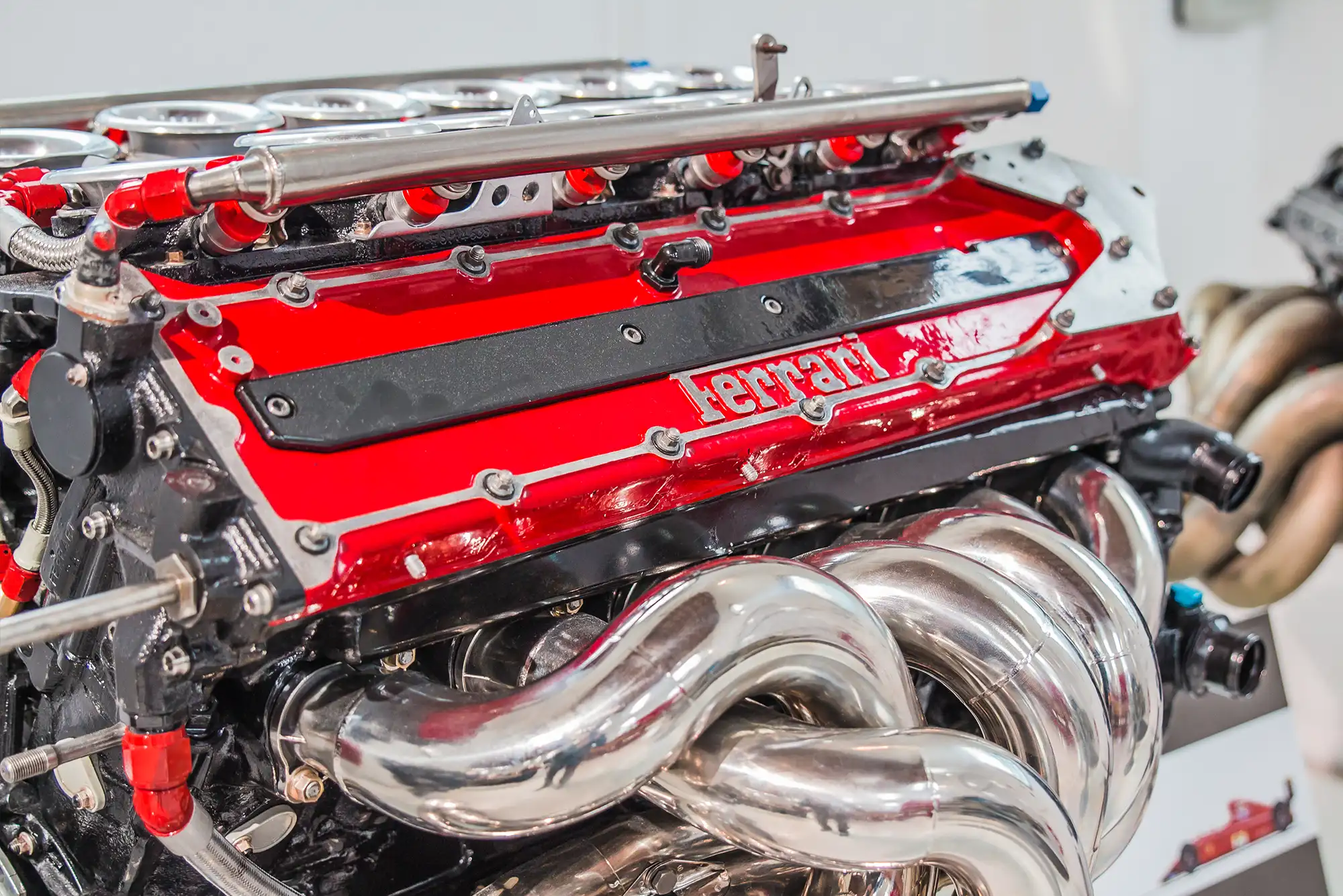For those of you who are avid Formula One fans, you’ll know that the tyres are a very important part of the car.
They play a significant role in how the car behaves on track, and as such, teams go to great lengths to find the best tyre compound for each race.
But just how expensive are F1 tyres? And what makes them so different from regular car tyres?
In this blog post, we’ll take a closer look at F1 tyres and discuss some of the factors that affect their cost. Stay tuned!
Table of Contents
Watch this video to learn more about how F1 tyres are made and how much they cost to produce.
How much do F1 tyres cost?
A single set of F1 tyres cost up to $2700. Since each team needs 13 sets of tyres per race, the total cost of tyres for a single driver can reach $35,100.
With 21 races per season that takes your team’s budget up over 5 million dollars if they all use just 1 set each (on average).
And that’s not even taking into account the cost of shipping and storing the tyres.
Key takeaways
Here are some key aspects that you should know about the cost of F1 tyres:
- Each set of F1 tyres can cost up to $2700.
- The total cost of tyres for a single driver can reach $35,100 per season.
- Teams need 13 sets of tyres per race in order to compete properly.
- Over 21 races per season, teams will spend upwards of 5 million dollars on tyres.
- Shipping and storage of the tyres adds an additional cost to the overall budget.
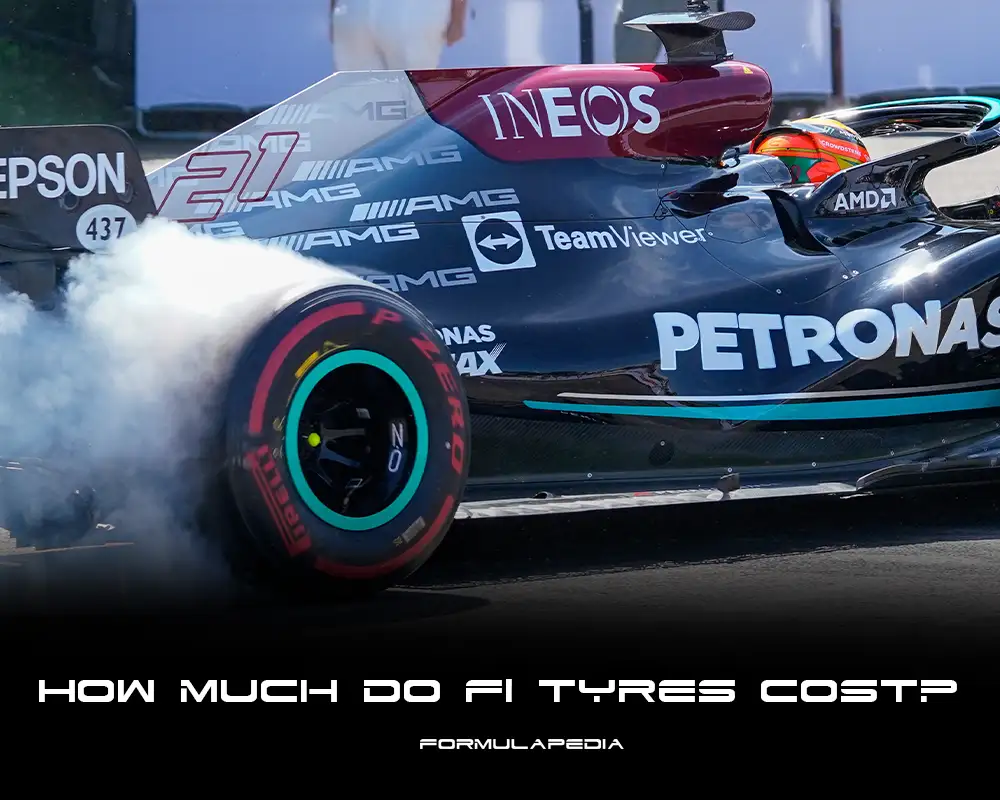
Understanding why F1 tyres are so expensive
Now that we have a good idea of how much F1 tyres cost, you might be wondering why they’re so expensive. Let’s take a look at some of the reasons why F1 tyres cost so much.
Technology
F1 tyres are made with the latest and greatest in tyre technology. They are designed specifically for high speed racing and feature a tread pattern that optimizes grip, stability, and cornering performance.
Materials
The materials used to make F1 tyres have to be of the highest quality, as any imperfection can cause major problems on the track. The tyres are made with a mix of organic and synthetic rubber, metal cords, and different types of rubber compounds.
Manufacturing Process
Manufacturing F1 tyres is an intricate process that requires highly skilled technicians to ensure each tyre meets exact specifications. This level of precision adds significantly to the cost of producing F1 tyres.
Development Cycle
F1 tyre manufacturers are constantly developing new and improved tyres to keep up with the rapidly changing conditions on the track. This cycle of development and testing takes a lot of time and money, which is reflected in the overall cost of F1 tyres.
Recommended reading: Are Formula 1 cars AWD?
F1 tyre manufacturers are constantly developing new and improved tyres to keep up with the rapidly changing conditions on the track.
This cycle of development and testing takes a lot of time and money, which is reflected in the overall cost of F1 tyres.
Which company supplies tyres to F1 cars?
Currently, Pirelli is the official supplier of tyres to F1 cars. Their tyres feature a unique tread pattern and compound that offers superior performance on track.
Pirelli has been supplying tyres to F1 teams since 2011, and their partnership with the sport continues to this day. The contract is expected to last until at least 2024.
The main reason why Pirelli is the official supplier of tyres to F1 cars is because they are able to meet the strict performance needs of teams and drivers.
In addition, their innovative tyre technologies keep them ahead of the competition, which helps ensure that F1 teams always have access to the latest in tyre technology.
It’s counterparts Bridgestone was the official tyre supplier for F1 cars from 1997 to 2010. Pirelli took over the role in 2011 as part of its commitment to providing F1 teams with the best in tyre technologies and performance.
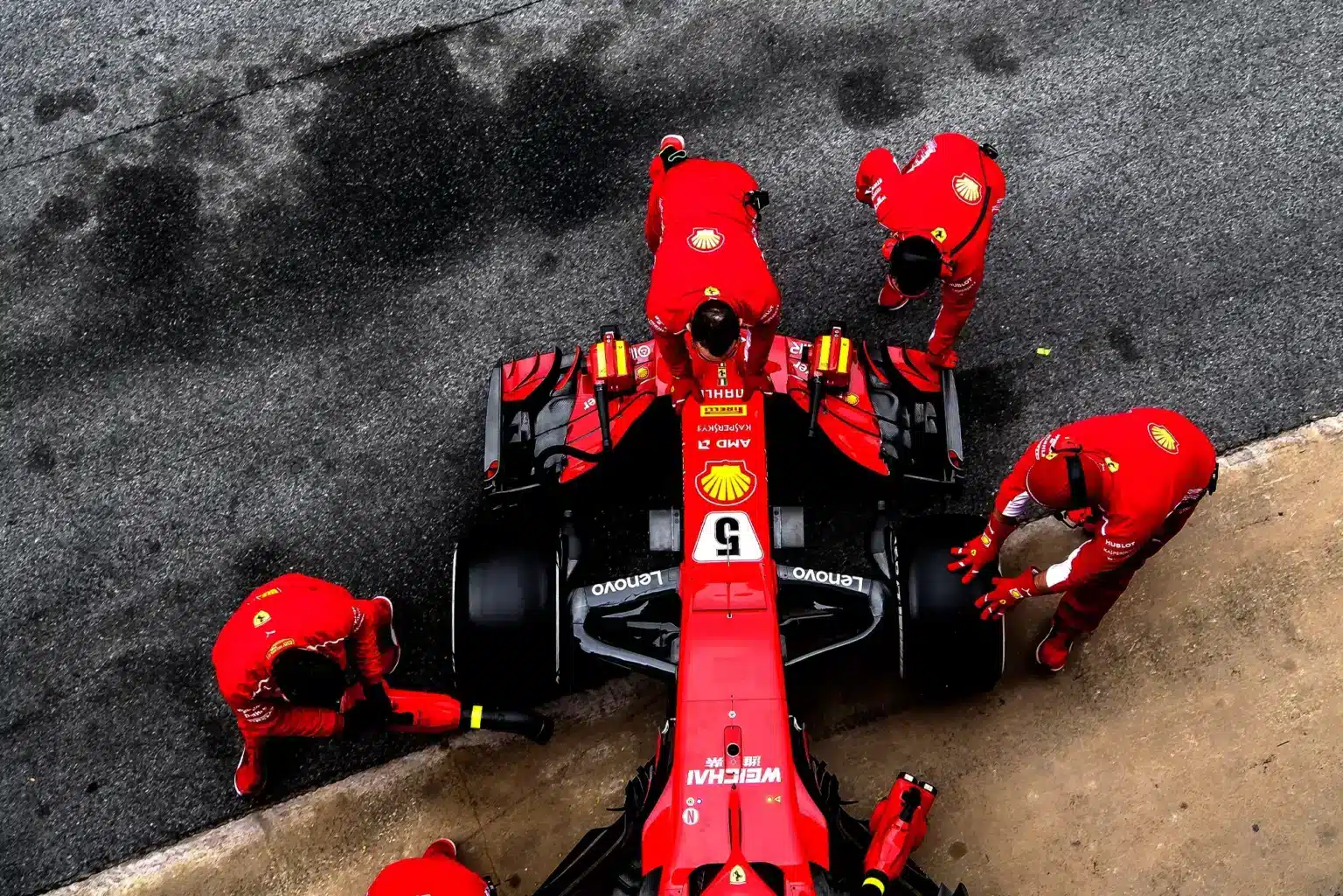
Are new Formula 1 tires more expensive than the old model?
Yes, new Formula 1 tyres are considerably more expensive than the previous models. This is due to a variety of reasons, including:
- Improved rubber compounds for better grip and longer life
- Special construction techniques that provide greater strength and stability
- High-tech tread pattern designs that optimize aerodynamic performance
- Complex manufacturing processes with expensive materials and components
As we’re sure you can appreciate, these technologies and processes come with a hefty price tag. However, the performance gains they bring to the table make them worth every penny.
Since, F1 is an intense and high-stakes environment, every team needs to have access to the best and most cutting edge performance components in order to succeed.
A part of why Formula 1 tyres are so expensive is because they provide an extra layer of safety for the drivers. Good tyres lower the risk and chance of any accidents or mishaps that might occur during the race.
The higher cost associated with F1 tyres is partly due to them being designed with improved traction, grip, braking power, and stability on track.
FIA has made it mandatory for all F1 teams to use the latest technology when it comes to tyres.
This helps ensure that all drivers have an equal chance of winning the race, thus providing a safe and fair environment for everyone.
Frequently asked questions
Why are F1 tyres so expensive?
How many tires can an F1 team use in one Grand Prix?
Do F1 teams pay for tyres?
Conclusion
So, how much do F1 tyres cost?
It’s hard to put an exact figure on the overall cost of F1 tyres, but we can confidently say that they are considerably more expensive than regular car tyres.
This is due to the advanced technologies used in their manufacture and construction, as well as the safety features they provide for drivers during races.
However, the performance gains they bring to the table make them well worth the investment.
Next time you watch an F1 race, take a minute to appreciate the complex engineering and high-performance technology behind these incredibly expensive tyres. It really is quite something!

